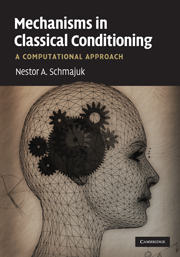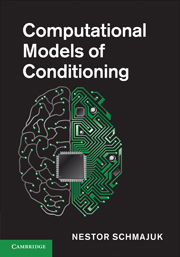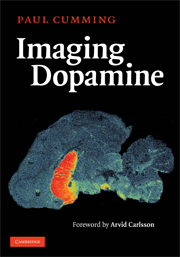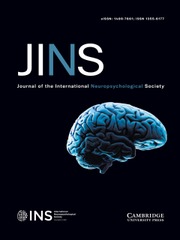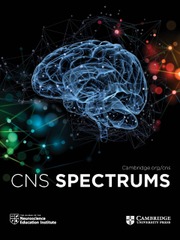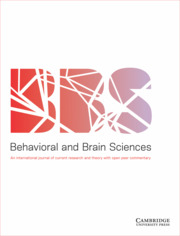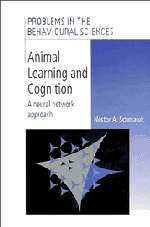Mechanisms in Classical Conditioning
A Computational Approach
£98.99
- Author: Nestor Schmajuk, Duke University, North Carolina
- Date Published: January 2010
- availability: In stock
- format: Hardback
- isbn: 9780521887809
£
98.99
Hardback
Other available formats:
eBook
Looking for an inspection copy?
This title is not currently available on inspection
-
What mechanisms are involved in enabling us to generate predictions of what will happen in the near future? Although we use associative mechanisms as the basis to predict future events, such as using cues from our surrounding environment, timing, attentional, and configural mechanisms are also needed to improve this function. Timing mechanisms allow us to determine when those events will take place. Attentional mechanisms ensure that we keep track of cues that are present when unexpected events occur and disregard cues present when everything happens according to our expectations. Configural mechanisms make it possible to combine separate cues into one signal that predicts an event different from that predicted individually by separate cues. Written for graduates and researchers in neuroscience, computer science, biomedical engineering and psychology, the author presents neural network models that incorporate these mechanisms and shows, through computer simulations, how they explain the multiple properties of associative learning.
Read more- Highlights a new approach to understanding the neurological mechanisms of classical conditioning using computer simulated data
- An analysis of classical conditioning and other psychological behaviors allow previously contradictory experimental data to be explained
- Applies the concept to case studies of behaviors making clear the relationship between the mechanisms and the resulting behavior
Customer reviews
Not yet reviewed
Be the first to review
Review was not posted due to profanity
×Product details
- Date Published: January 2010
- format: Hardback
- isbn: 9780521887809
- length: 504 pages
- dimensions: 254 x 179 x 27 mm
- weight: 1.13kg
- contains: 142 b/w illus. 9 tables
- availability: In stock
Table of Contents
Part I. Introduction:
1. Classical conditioning: data and theories
Part II. Attentional and Associative Mechanisms:
2. An attentional-associative model of conditioning
3. Simple and compound conditioning
4. The neurobiology of classical conditioning
5. Latent inhibition
6. The neurobiology of latent inhibition
7. Creativity
8. Blocking and overshadowing
9. Extinction
10. The neurobiology of extinction
Part III. Configural Mechanisms:
11. A configural model of conditioning
12. Occasion setting
13. The neurobiology of occasion setting
Part IV. Attentional, Associative, Configural, and Timing Mechanisms:
14. Configuration and timing: timing and occasion setting
15. Attention and configuration: extinction cues
16. Attention, association and configuration: causal learning and inferential reasoning
Part V. Conclusion: Mechanisms of classical conditioning.
Sorry, this resource is locked
Please register or sign in to request access. If you are having problems accessing these resources please email [email protected]
Register Sign in» Proceed
You are now leaving the Cambridge University Press website. Your eBook purchase and download will be completed by our partner www.ebooks.com. Please see the permission section of the www.ebooks.com catalogue page for details of the print & copy limits on our eBooks.
Continue ×Are you sure you want to delete your account?
This cannot be undone.
Thank you for your feedback which will help us improve our service.
If you requested a response, we will make sure to get back to you shortly.
×
